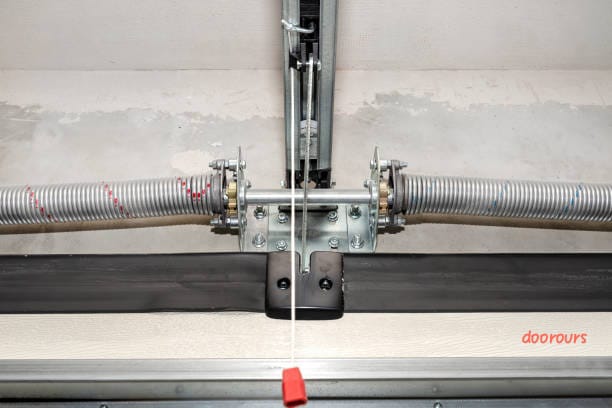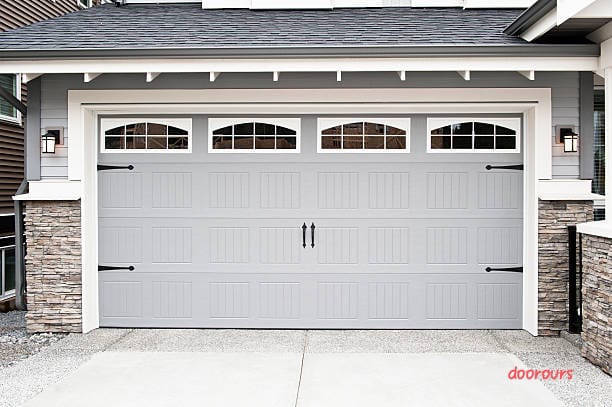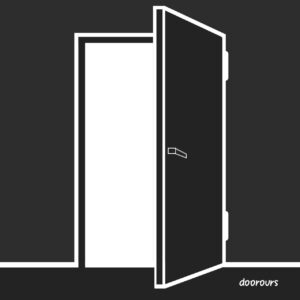The Best Fluffy Pancakes recipe you will fall in love with. Full of tips and tricks to help you make the best pancakes.

Importance of adjusting garage door springs safely and the potential risks associated with improper handling. We’ll also explore the key steps and best practices to maintain and adjust these springs while prioritizing safety.
Garage doors are integral fixtures in our everyday lives, offering a convenient gateway to our homes while safeguarding our valued possessions. Among the key components that ensure the smooth functioning of garage doors, garage door springs play a pivotal role. However, as time takes its toll, these springs may lose their tension, leading to a cumbersome and potentially unsafe operation. In such instances,
The imperative task of adjusting garage door springs comes into play to ensure both safety and optimal performance. This article will delve deep into the intricacies of the secure adjustment of garage door springs, expounding on the various spring types, the inherent risks involved, and a meticulously detailed, step-by-step guide to executing this maintenance task while prioritizing safety above all. It’s paramount to note that working with garage door springs can be perilous, and if you find yourself ill at ease with the process, it’s always judicious to solicit professional assistance.

Diverse Types of Garage Door Springs
Within the realm of garage door springs, two principal categories take the forefront: torsion springs and extension springs. While they share the common objective of counterbalancing the weight of the garage door, their designs and operational nuances set them apart.
- Torsion Springs: Torsion springs are strategically positioned horizontally above the garage door and are securely fastened to a metal shaft. Their operation involves winding and unwinding as the door is maneuvered, thereby generating the requisite torque to lift or lower the door. Notably, torsion springs are often perceived as the safer alternative due to their installation within a protective steel tube, which effectively diminishes the likelihood of injuries.
- Extension Springs: Contrasting this, extension springs are sited on either side of the garage door, parallel to the tracks. When the door is in its closed position, these springs are inherently under tension. As the door is maneuvered, these springs extend to facilitate the door’s movement. Nevertheless, extension springs carry a reputation for being more treacherous as they lack the containment of torsion springs, and improper maintenance can result in perilous snapping.
Perils Inherent to Adjusting Garage Door Springs
The act of adjusting garage door springs carries with it inherent perils, necessitating a comprehensive understanding of these hazards prior to engaging in any maintenance activity. The primary dangers associated with the adjustment of garage door springs include:
1.Severe Injury: Garage door springs operate under significant tension, and any abrupt release or fracture during adjustment can lead to severe injuries, even fatalities.
2.Property Damage: An incorrectly adjusted spring can trigger extensive harm to your garage door, tracks, and opener, culminating in costly repairs.
3.Lack of Expertise: Inadequate knowledge and experience can result in an improper adjustment, compromising both the safety and functionality of your garage door.
4.Warranty Voidance: Most garage door manufacturers nullify warranties if homeowners attempt to adjust or repair springs without the appropriate professional training.

Preliminary Safety Measures
Before embarking on the intricate process of adjusting garage door springs, it’s imperative to underscore the paramount significance of adhering to rigorous safety protocols. The ensuing measures must be adhered to conscientiously to mitigate the risks that accompany this task:
1.Don Appropriate Safety Gear: Prioritize your safety by donning the requisite personal protective equipment (PPE), inclusive of safety glasses, gloves, and durable footwear.
2.Disconnect the Opener: To avert any unforeseen door movement, disconnect the automatic garage door opener and securely lock it in the “disconnected” position.
3.Release Tension: In the case of adjusting torsion springs, meticulously release the tension as per the manufacturer’s stipulations. This may necessitate the gradual unwinding of the springs to safely remove tension.
4.Employ the Correct Tools: Assure yourself of possessing the right tools for the task, which encompass winding bars, wrenches, and pliers. Employing inappropriate tools can usher in accidents.
5.Seek Assistance: It’s advisable to have a helper present during the adjustment of garage door springs. They can offer valuable assistance in performing tasks, summon help in the event of an emergency, and furnish an additional layer of safety.
Prudent Adjustment of Torsion Springs Torsion springs
Due to their enclosed design, present a comparatively safer proposition than extension springs. Nevertheless, even when dealing with torsion springs, it’s paramount to proceed with circumspection. Here’s a meticulous, step-by-step guide to safely adjusting torsion springs:
1.Discern the Winding Cone: Locate the winding cone situated at the extremity of the torsion spring shaft. Employ a wrench to meticulously loosen the set screws on the winding cone.
2.Wind the Spring: Insert the winding bars into the designated holes on the winding cone and meticulously turn it to either wind or unwind the spring, adhering closely to the manufacturer’s stipulated number of turns required for the adjustment.
3.Verify Balance: Post winding or unwinding of the spring, test the garage door to ascertain that it is impeccably balanced. The door should remain stationary when opened halfway and securely shut upon release from that position.
4.Secure Set Screws: Upon concluding the adjustment and confirming proper door balance, ensure the set screws on the winding cone are thoroughly tightened to secure it in place.
5.Reconnect the Opener: Reestablish the connection with the garage door opener to gauge its functionality. Any anomalies observed should necessitate a reevaluation of the adjustment or the summons of professional assistance.

Safe Adjustment of Extension Springs
Adjusting extension springs can pose a more formidable and perilous undertaking due to their location and design. If you find yourself uncertain about this process, it’s judicious to engage the services of a professional. However, for those confident in their abilities, adherence to the ensuing steps is crucial:
- Raise the Door: Elevate the garage door to its full extent and employ C-clamps or vice grips on the tracks to secure it in the open position, precluding any risk of an inadvertent fall.
- Release Tension: Carefully detach the safety cable from the extension spring and gradually slide the safety clip off the track hanger. This maneuver will effectively release the spring’s tension.
- Gauge Spring Length: Measure the present length of the extension spring. If any alteration of tension is warranted, execute the requisite adjustments.
- Reattach the Safety Cable: Upon completing the adjustment, reinstate the safety cable and ensure its secure fastening.
- Test the Door: Dismantle the clamps or vice grips that were holding the door and evaluate the door’s operation. If you encounter any impediments in its smooth opening and closure, consider reevaluating the adjustment or defer to a professional for expert assistance.
Garage door springs assume a pivotal role within your garage door system, ensuring a seamless and secure operation. Adjusting these springs when their tension wanes constitutes an essential maintenance task, but it does entail prospective hazards. Prioritizing safety throughout this process, encompassing the donning of appropriate protective gear, disconnecting the opener, releasing tension, and employing the correct tools, is of paramount importance. While the adjustment of torsion springs can be executed safely with the right knowledge and precautions, extension springs introduce additional complexities and risks. If you harbor any doubts about the process or your capabilities, it’s prudent to enlist professional assistance to circum.








